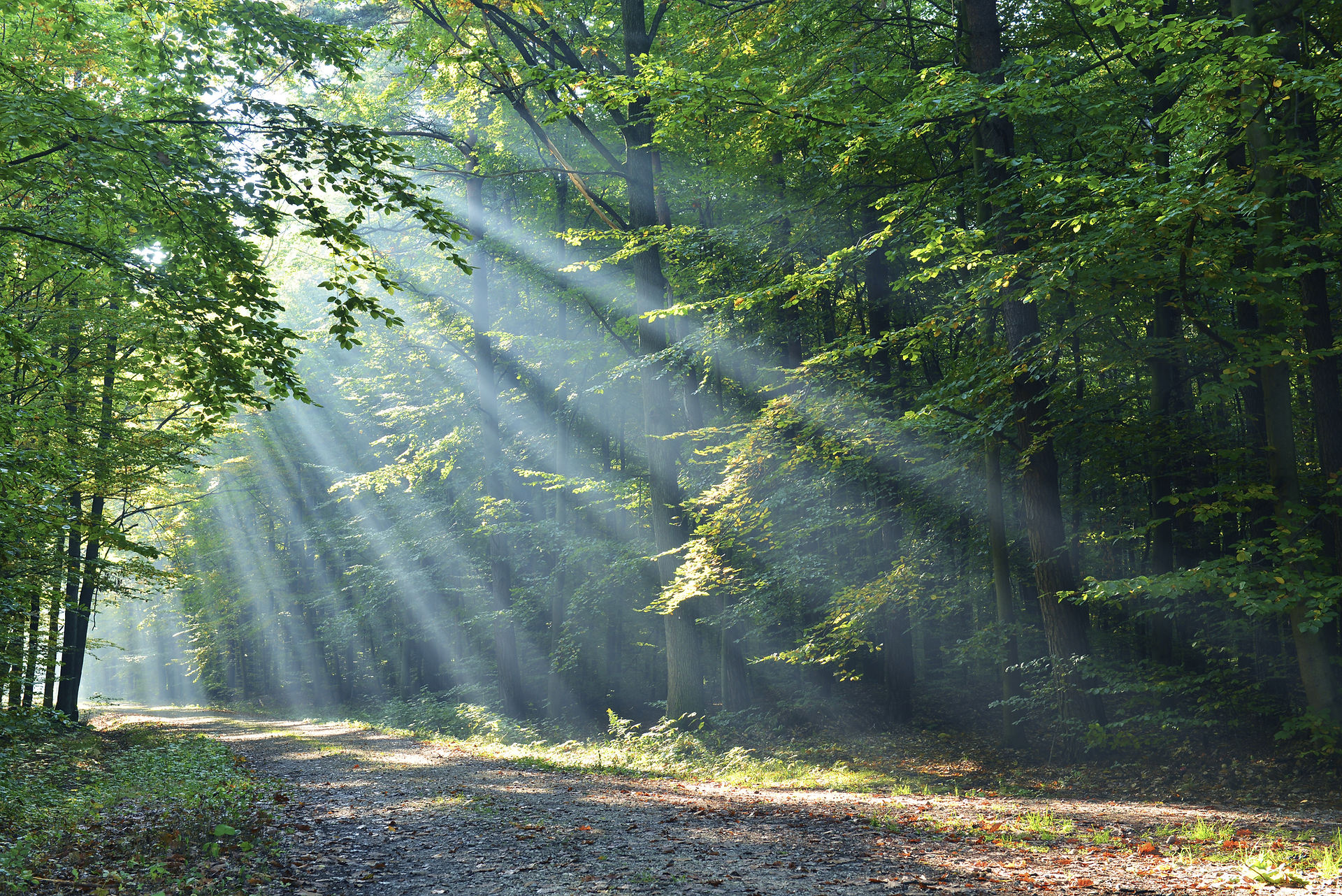5 Lessons Learned from Teaching in the Outdoors
- Emily Kubeshesky
- Feb 20
- 3 min read
As an educator at GAP School for the past four years, I have encountered numerous lessons—both in teaching and in learning! The journey of education is a continuous one for those who are curious, compassionate, and passionate. At GAP, we encourage our learners to discover their passions while nurturing their curiosity and fostering connections to people and the environment. As their educator, I have the privilege of learning alongside each unique student, drawing inspiration from both nature and the elements of learning.
Resilience & Flexibility
Starting each year with a different class is just like preparing for one of GAP’s rainy days. With the right gear, materials, and tools, I feel better equipped as I reflect on past experiences. Armed with classroom management strategies, the opportunity to build strong relationships with learners, and a repertoire of gamified learning ideas, I am ready to embark on this journey! Just like a rainy day, each year is unpredictable and brimming with new opportunities. A heavy downpour can feel challenging in the moment, but it often deepens our connection to the creek the following day. A sudden gust of wind may surprise us, yet it gifts us fallen twigs that can be used to warm our fires.
At GAP School, educators impart the vital lessons of resilience and flexibility to their learners. A favorite lesson from a previous class may not hold the same allure for the next. What once was a beloved call-back might lose its charm. One group of learners may thrive in rotation groups, while another may excel as a whole. And that’s perfectly acceptable! As educators at GAP, we embrace the flexibility to adapt to the needs of our classes. Through experimentation, trial, and application, we cultivate resilience, continually seeking what works best for our learners.
The Importance of Consistency
Providing learners with opportunities for growth is one of the most rewarding aspects of being an educator! A key way to set them up for success is by establishing consistency within our daily routines. This predictability instills confidence in learners as they navigate each day. Here are some effective routines in the Yellow (kindergarten & first grade) flock:
Arriving at school in time for DEAR (Drop Everything And Read) time allows learners to enjoy their favorite books while a cozy fire is being prepared to start the day.
During winter months, scheduling bathroom breaks provides learners ample time to practice this skill while dressed in layers.
Offering time reminders and countdowns until our next transition helps maintain a smooth flow throughout the day.
Revisiting group expectations throughout the day reinforces a positive learning environment.
Utilizing “tickets” for transitions, such as “Your ticket to exploration is a packed backpack and a drink of water” or “Putting away your DEAR books is your ticket to morning meeting,” adds an element of fun.
Establishing designated locations for different activities empowers learners to move independently.
Making transitions enjoyable, like “Put two fingers on the basketball tree before we head to the campfire circle” or “take a knee near me” before announcements, keeps the energy positive.
The Power of Engagement
Engaging with learners extends beyond academic assistance. As they play, explore, and experiment, an educator's involvement can be transformative! Being present in the midst of action allows us to guide from the sidelines. Through social play and exploration, learners develop essential life skills. As they practice communication, listening, problem-solving, and more, educators are right there to facilitate conversations and advocate for skill development.
Connection to Space
As educators at GAP, we have all forged a deeper connection with the natural world around us. The tranquility of identifying a chirping bird in spring, the pride of building a fire with our own chopped wood, and the immersion in the elements—sun, rain, snow, and clouds—enrich our school year. Witnessing sunlight filtering through tree leaves on an autumn morning highlights the beauty of our environment. These moments are cultivated through the art of noticing. When educators are surrounded by the splendor of the outdoors, it opens up limitless opportunities for shared learning experiences.
Gratitude
Incorporating daily and weekly gratitude practices into our GAP schedule has shown educators the power of viewing our days with greater objectivity. Each day, learners are encouraged to recognize friends, peers, educators, and special moments. These opportunities allow educators to reinforce positive behaviors and strengthen relationships with learners. On Fridays, educators have the platform to celebrate a learner in front of the entire school. This expression of gratitude not only acknowledges hard work and goal completion but also fosters a culture of stewardship and kindness.

%20-%204.png)





















Comments